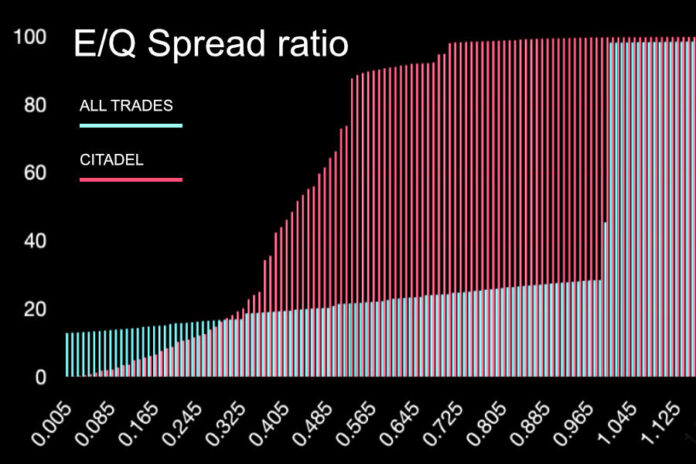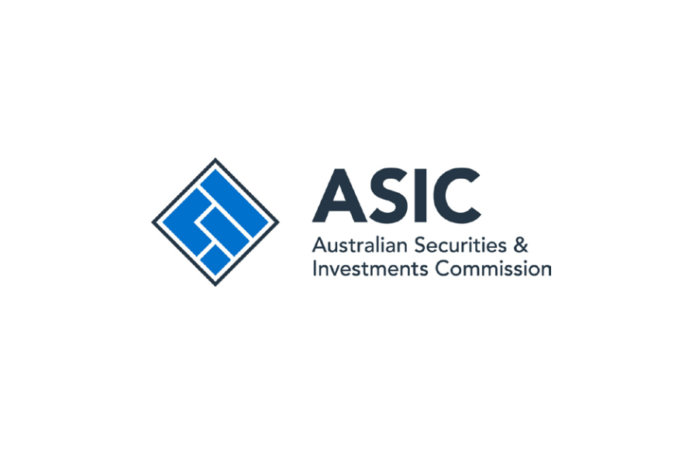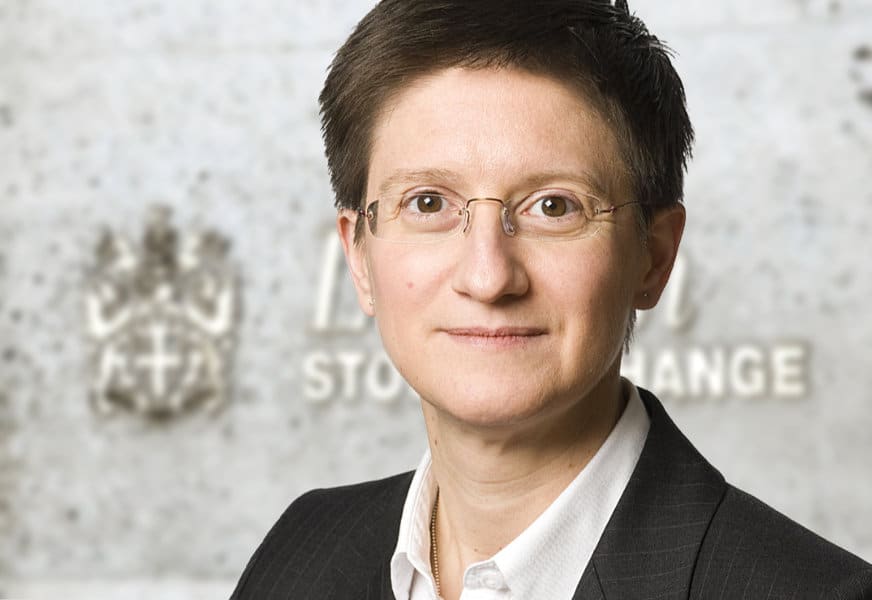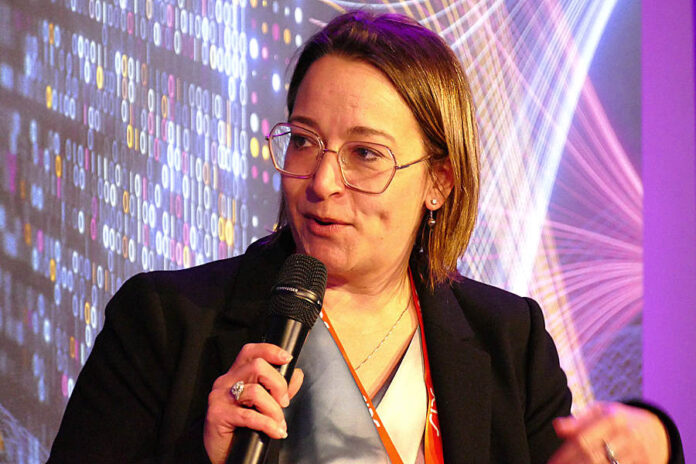Voluntary trade flags developed by the FIX Trading Community haven’t seen the take-up that the group hoped, members told Global Trading, with UK-EU reporting consistency held back by a lack of investment in non-obligatory changes.
“I think that’s because of the firms’ budgets,” Laetitia Visconti, head of market structure at Aquis Exchange and co-chair of FIX’s European consolidated tape working group, told Global Trading. “Firms are more likely to implement such voluntary flags when they’re opening up the code for something mandatory.”
Ahead of the consolidated tapes (CT) being introduced in the UK and Europe, FIX has released a fifth iteration of its Market Model Typology (MMT 5.0). This includes new voluntary flags, which FIX says “serve as a further transparency enhancement besides the regulatory framework as well as reducing the regulatory divergence between the EU and UK where possible.”
The flags are designed to add transparency and granularity to trade reporting, improving consistency for both on- and off-venue liquidity and allowing market participants to identify and quantify that liquidity.
“We don’t believe that the existing combinations of flags catered for all the scenarios that we thought were available,” said Alex Ings, client access product manager at UBS and co-chair of the European consolidated tape working group at FIX.
“Because this is a group made up of different participants from across all areas of the industry, we were able to put together a comprehensive set of different scenarios, and determined how they would look with the current flags based on regulation. We found that the existing combinations of flags don’t cater for all the scenarios that are used in the industry. You might get two different situations, but the flags would look the same on the tape.”
Inconsistencies between the European and UK CT regimes have been extensively discussed, and FIX has been working with both ESMA and the FCA to understand the two.
Jim Kaye, executive director of FIX, explained, “We spend a lot of time talking to regulators. We understand that there are different regulatory objectives and different focuses between the UK and the EU, but at the end of the day, we’re doing the same trading on both sides of the border. Realigning the reporting regimes as far as possible is desirable.”
“There are cases of potato, potahto when it comes to regional differences. In some cases, flags for the same scenario in the UK and the EU are going to have different values. A flag might be mandatory in one place and voluntary in another. We need to get over that,” Visconti added.
MMT 5.0 provides a single scheme, incorporating the regulatory requirements of both jurisdictions.
Broadly, the main goal of MMT is to improve liquidity visibility across Europe, Visconti stated.
“Regulatory reporting changes have muddled the understanding of where liquidity is,” she explained. “We’re trying to find the key data points that are going to allow people to understand it. For instance, when you look at off-venue liquidity, knowing whether it has been provided in an automated or manual fashion is important. If it’s automated, it’s likely to be easier to access.”
FIX states that there is a challenge in the lack of clear definitions for “addressable” and “accessible” liquidity.
Visconti commented, “Everyone categorises on venue volumes as fully accessible, but that’s not strictly true. Of course if you’re going aggressive in a lit book, you’re sure to get the trade done. If you go into a dark book, you’re taking the risk of not finding a counterparty. Accessible does not mean you can get it all. It’s exactly the same for off-venue.”
In its work, the community has defined four types of addressable liquidity: ‘Interactable Liquidity’ (executions on venues that are price-forming), including some over-the-counter and SI activity; ‘Multilateral Liquidity’ (trades on venues excluding negotiated and bilateral trades); ‘Multilateral “Lit” Liquidity’ (trades where volume and price are publicly visible); and ‘Multilateral “Lit” Liquidity (excluding batch auctions)’, a refined subset excluding certain auction mechanisms.
“We’re trying to tie that together and say, at the end of the day, liquidity is liquidity,” Visconti said. “It doesn’t really matter how it’s being distributed.”
The typology also aims to remove unnecessary and duplicative reports from the tape, ensuring that investors can use all the data it provides with ease.
“We want to get to the point where you don’t need to do any filtering to have the correct view of liquidity from the tape, you can just take everything that’s there,” Ings explained.










